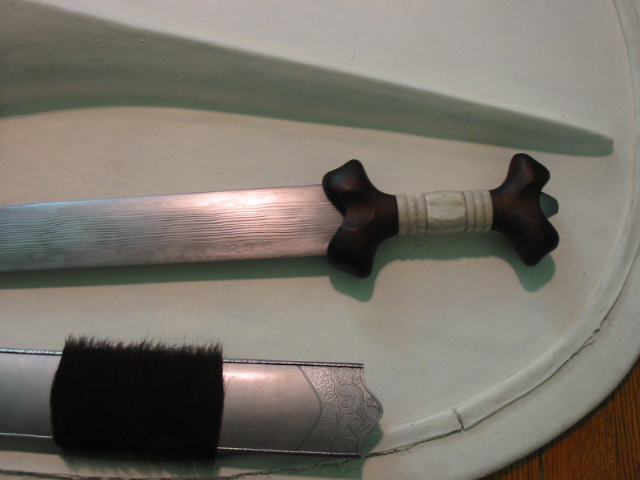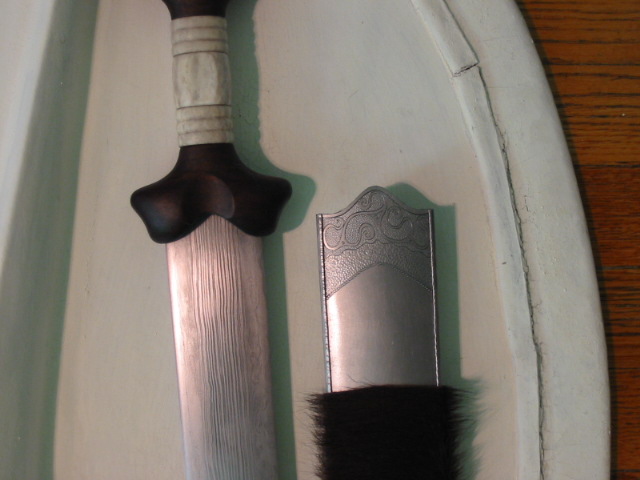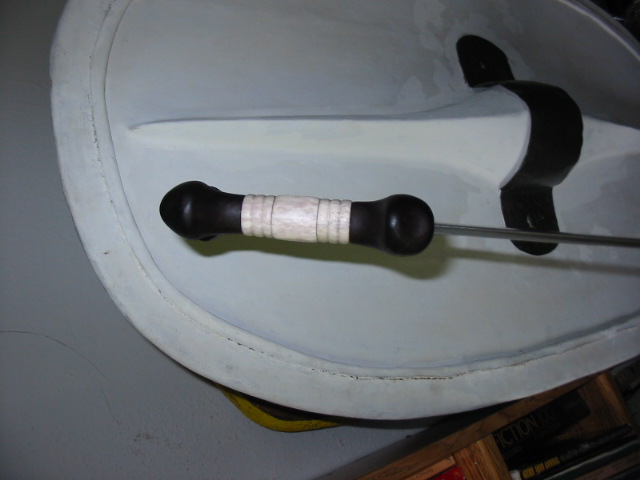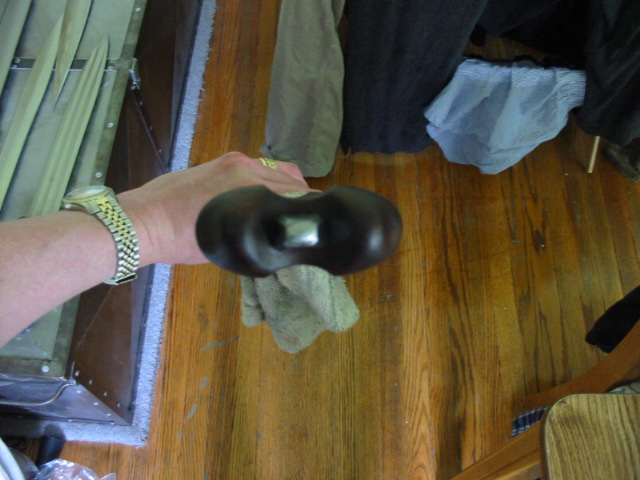The incidence of having only 1 edge in steel appeared to Pleiner to occur mainly in the region of Czechoslovakia, with welded on steel edges on both sides being more common elsewhere. It also seems to Pleiner that sometimes the Celtic smiths did not appear to always know the effect of their blending, although at times they did have clear design and intent. AS Lang summarizes in her study of Roman sword mettallography, the "celtic" blades appear (generally) to increase in quality as one moves from earlier to later La Tene. The same did not seem to be a constant with Roamn swords, having good and poor examples both early and late.
Attached are pictures of my piled structure/proto patternwelded blade, showing the piled pattern that tended to appear in the Middle La Tene period. The piece is made by Patrick Barta.


[ Download ]

